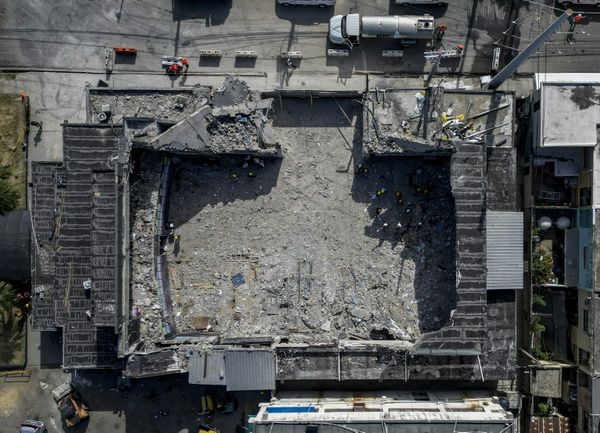A groundbreaking discovery shedding light on the megalithic period has emerged in Koodol in Kinanur-Karinthalam panchayat, Kasaragod, where archaeology enthusiasts and historians have unearthed evidence of ancient hut construction.
Led by local archaeology enthusiast Satheesan Kalianam and Nandakumar Koroth, a history researcher from Nehru Arts and Science College, Kanhangad, the exploration team, including residents Jose T. Varghese and K. Rajesh, made the remarkable find. Among the discoveries were one capstone, one open laterite chamber, three unopened chambers, and four post holes believed to have been made for hut construction.
Dr. Koroth emphasizes the historical significance of the discovery, highlighting the absence of the typical circular hole with a cover in the middle of the open laterite chamber, a feature commonly found in similar structures. The rectangular post holes, measuring fifteen feet in length and width at the four corners, mark a departure from previous findings in Malappuram district.
He said unlike earlier discoveries in Malappuram, where post holes lacked associated megalithic monuments, the presence of post holes atop the laterite rock cut chamber in Koodol provides invaluable clues for dating and understanding the Megalithic age. Three groups of rectangular post holes found atop the laterite rocks are believed to correspond to circular huts mentioned in the Sangam period literature, suggesting diverse functions for these structures, possibly including ritualistic practices and residential use.
Dr. Koroth said the construction method, involving digging one foot into the laterite rock to establish wooden pillars for the huts, parallels the architectural style of the Gutti Koya tribe in Telangana. The abundance of huts discovered in the area may have influenced the name ‘Koodol’.
The laterite rock chambers, or muniyara, crafted with iron tools, played a central role in burial ceremonies practiced by inhabitants over 2,000 years ago. The structures often contained buried pottery and iron tools, providing insights into the religious beliefs and practices of the ancient community, he added.







